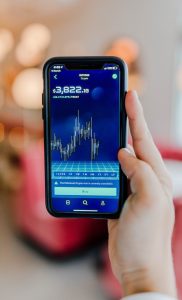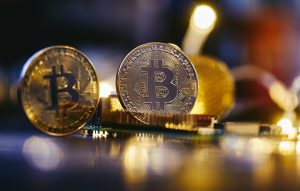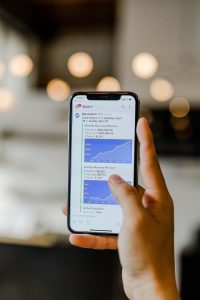Forex trading is the buying and selling of currencies. It is a decentralized market where currencies are traded 24 hours a day, 5 days a week. Forex trading is the largest financial market in the world, with a daily turnover of over $5 trillion. In the Philippines, forex trading has gained popularity over the years, with many Filipinos taking advantage of the opportunities it presents.
Forex trading in the Philippines is legal and regulated by the Bangko Sentral ng Pilipinas (BSP). The BSP is responsible for the supervision and regulation of banks and other financial institutions in the country. It also oversees the foreign exchange market and ensures that all forex brokers operating in the country comply with its rules and regulations.
Forex trading in the Philippines is done through forex brokers. These brokers provide traders with a trading platform where they can buy and sell currencies. The platform is usually web-based and can be accessed from anywhere in the world as long as there is an internet connection. Some brokers also provide mobile trading platforms, which allow traders to trade on the go.
To start trading forex in the Philippines, a trader needs to open an account with a forex broker. The account opening process usually involves filling out an application form and submitting some form of identification. Once the account is opened, the trader can fund it using a variety of payment options, including bank transfer, credit/debit card, and e-wallets.
Once the account is funded, the trader can start trading. Forex trading involves buying one currency and selling another. The objective is to make a profit from the difference in the exchange rate. For example, if a trader buys USD/PHP at 50.00 and sells it at 51.00, they make a profit of 1.00 PHP for every USD traded.
Forex trading in the Philippines is not without risks. The forex market is highly volatile and can be affected by a variety of factors, including economic news, geopolitical events, and market sentiment. Traders need to have a good understanding of the market and the risks involved before they start trading.
To minimize the risks of forex trading, traders need to have a good trading strategy. A trading strategy is a set of rules that a trader follows when trading. It includes entry and exit points, stop-loss levels, and profit targets. Traders also need to have a good risk management plan in place. This involves setting a maximum amount of capital that can be risked on each trade and sticking to it.
Forex trading in the Philippines is also subject to taxes. Traders need to pay income tax on their profits, and brokers are required to withhold taxes on behalf of their clients. The tax rate varies depending on the amount of profit earned and the trader’s tax bracket.
In conclusion, forex trading in the Philippines is a popular and legal way to make money. It is a highly volatile market that can be affected by a variety of factors. Traders need to have a good understanding of the market and the risks involved before they start trading. They also need to have a good trading strategy and risk management plan in place to minimize the risks of trading. Forex trading in the Philippines is subject to taxes, and traders need to be aware of their tax obligations.





